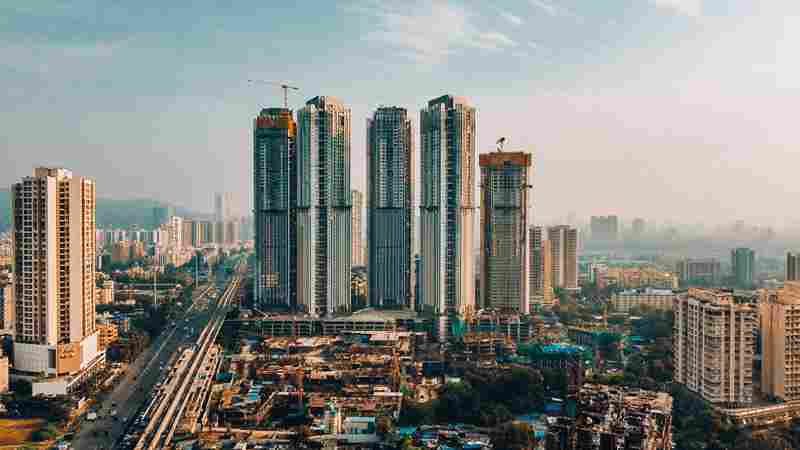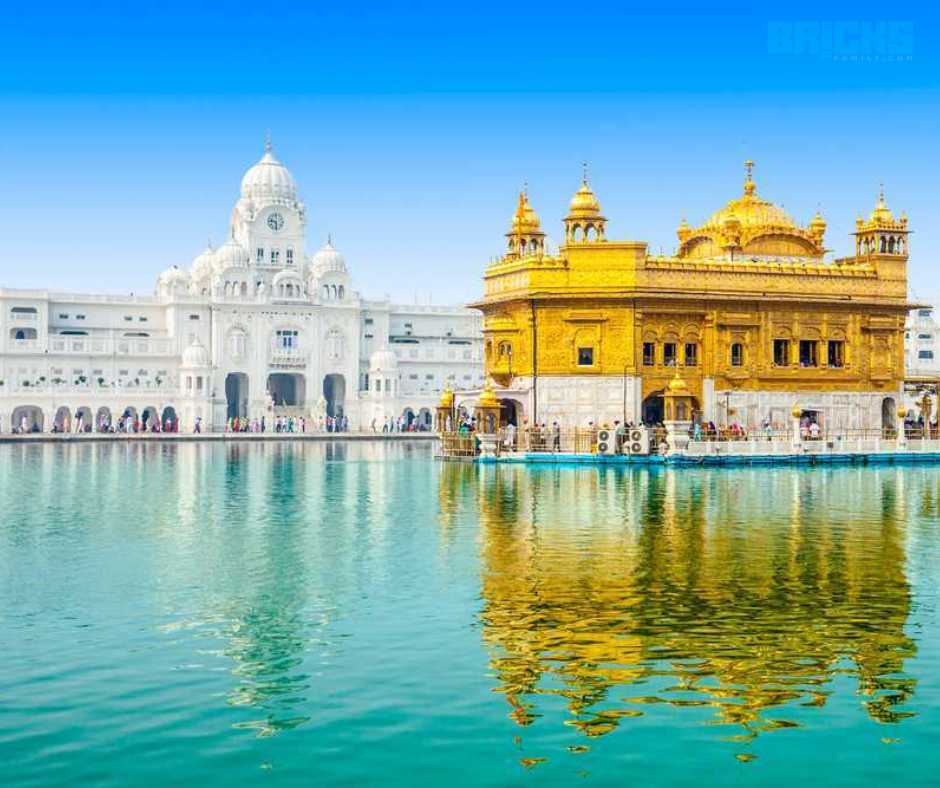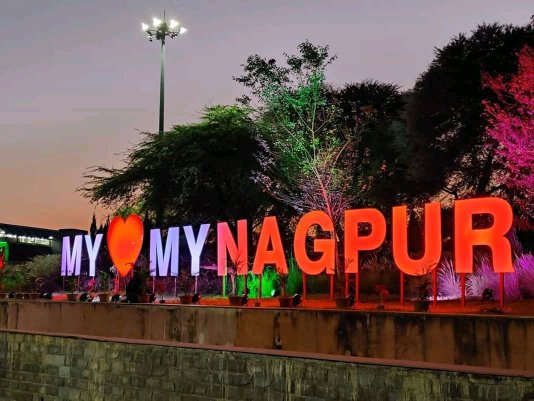The Delhi-Mumbai Expressway will significantly contribute to the boom in real estate.
The Delhi-Mumbai Expressway would provide a solid framework for creating housing developments, townships, warehouses, commercial properties, etc., which will result in noticeable growth for Indian real estate. The long-desired Delhi Mumbai Expressway has more than 70% of its construction finished.
According to the most recent briefings from the Road & Transport Ministry of India, the Rs 98,000 crore mega project is scheduled to begin operations in 2023. The continuous connection between Navi Mumbai’s Jawaharlal Nehru Port and Delhi would be made possible by the access-controlled project, which will be 1350 km long and cover 1500 hectares.
[lwptoc]
When the project is finished, it will reroute 50% of the traffic that travels south from Delhi. 80 million tonnes of cement and 10 million tonnes of steel will be used in one of the world’s largest road construction projects. With the use of a Special Purpose Vehicle, it is created under the NHAI’s flagship (SPV).
The GOI is providing institutional support to limit any negative environmental effects, advance clean energy, and combat any potential climate exhaustion. “Close to 1 million trees” will be planted as part of the project along the motorway. Solar energy will be used to power the expressway’s lighting. Additionally, preparations will be made for wildlife to have their own crossroads. Additionally, it will significantly minimise carbon footprint.
A Multi-Purpose, Diverse Approach to Development
The government’s defined ambition to achieve a more comprehensible, sustainable, and infrastructure-backed transformation depends on the Delhi-Mumbai Expressway. The development of infrastructure, agriculture, industrial manufacturing, and real estate will all be strengthened institutionally as a result.
It will encourage methodical investment into townships, logistic parks, and commercial parks and clusters nearby. The growth of the local textile, garment, chemical, and agricultural industries will receive special attention. The creation of substantial logistical projects to increase trade and exports will supplement this.
A few other significant infrastructure initiatives, including the Delhi-Mumbai Industrial Corridor and the Western Dedicated Freight Corridor, will also contribute to the success of the Expressway. Together, these three substantial projects will greatly strengthen the supply chain and provide the Indian economy with a level of resilience that has never before been possible.
For those who are unaware, WDFC is a sizable railway network that runs freight services from Dadri in UP to JNPT port in Mumbai.
The project will enable 100 km/hr freight transportation. The DMIC is one of the largest industrial corridors that will link the capital city with India’s economic hub.
Reinforcement for Tangible Real Estate Growth.
The Delhi-Mumbai Expressway would provide a solid framework for the development of housing developments, townships, warehouses, commercial buildings, etc., which will result in noticeable growth for Indian real estate. It will establish the proper connection between the key parties involved, including the developers, the governing bodies, and the financial organisations.
Numerous emerging urban areas, like Jaipur, Kota, Ratlam, and Vadodara, to name a few, are traversed by the huge expressway. Additionally, it will be within driving distance of other major cities like Ahmedabad, Bhopal, Indore, etc. The expressway’s entry point, which also encompasses the Haryana cities of Sohna and Faridabad, has already seen an increase in the demand for real estate.
Systematic investment influx into new urban corridors, townships, SCOs, etc. will sharply grow as the project nears completion. Real estate demand in the surrounding areas will also inevitably increase as commercial and manufacturing clusters develop.
Ref:https://www.financialexpress.com/money/delhi-mumbai-expressway-will-give-a-strong-push-to-real-estate-demand/2660988/















